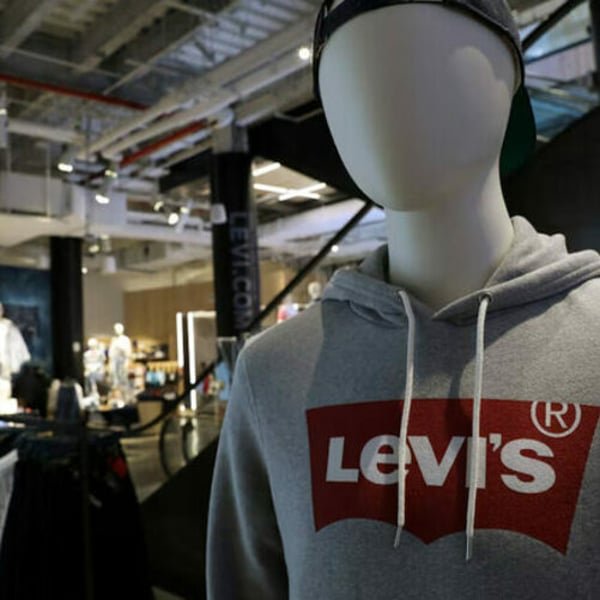By
Reuters
Published
September 5, 2025
A handful of apparel retailers, including Levi’s and Aritzia, are introducing more full-priced products—testing how much wealthier shoppers are willing to pay, despite the impact of tariffs.

So far, they haven’t been disappointed.
Levi Strauss, for example, raised prices on some products in July but saw no slowdown in demand, according to chief financial officer Harmit Singh, who spoke at the Goldman Sachs Global Retailing Conference in New York on Wednesday.
“We are making a full-court press in selling higher full-price than we have done in the past,” he said. “The Levi’s consumer largely earns $100,000 or more. And that consumer we are seeing is generally resilient.”
Aritzia’s finance chief echoed this view, noting that there had been minimal impact on U.S. customer spending since the high-end clothing company raised prices earlier this year.
The brand—worn by celebrities including Beyoncé, Bella Hadid and Pamela Anderson—does not plan to chase promotions or deep discounts this holiday season. Instead, it will run only one week of sales during Black Friday, followed by full-price offerings after Cyber Monday.
“With every passing week, we become more confident that consumer resilience is going to hold,” said Canadian retailer Aritzia’s CFO, Todd Ingledew, at the same conference.
While lower-income households continue hunting for bargains—especially as companies raise prices in response to former President Donald Trump’s trade war—wealthier consumers are still spending steadily, mostly unaffected by the softening labor market.
Strong stock market gains and relatively low credit card debt have helped cushion the finances of the affluent. According to Moody’s Analytics, the top 10% of American earners—those making at least $250,000 per year—now account for half of all consumer spending.
Loyal shoppers
Retailers such as Ralph Lauren, Under Armour, and Abercrombie & Fitch are also adopting the full-price model, according to their recent earnings calls.
“We’ve been shifting our business towards a more elevated full-price consumer base, and this has served us well as our core consumer around the world remains resilient,” Ralph Lauren CEO Patrice Louvet said in early August.
Under Armour CEO Kevin Plank also highlighted the importance of pricing flexibility for loyal shoppers.
“We’re seeing success testing new key items at full price, including our $45 Self-form hat and our heat gear collection—both strong examples,” he said in August. He added that the company is evaluating raising prices for “the embedded consumer with whom we have pricing power.”
Improved consumer-tracking technology now enables retailers to adjust quickly, offering targeted discounts only when necessary, which helps maintain profit margins.
“In the old school way of doing things, you would get a circular saying everything is 25% off,” said Kate McShane, managing director at Goldman Sachs. “Now, if they’re selling North Face fleece jackets and it’s 60 degrees in New York, they can offer it on sale only for a couple of days in New York,” while keeping prices unchanged in other regions.
According to analysts, many companies have already absorbed significant tariff-related costs and plan to minimize discounts during the holiday season. In contrast to past years, they are now less likely to slash prices just to move leftover inventory.
“If you look at Summerween and back-to-school this year, the strategy was to put the seasonal items on the shelves at full price to start,” said Alison Furman, retail consultant at PwC, referencing Halloween-themed shopping earlier in the year.
“You’re kind of testing the waters around what a consumer will pay full price for. And then when it doesn’t move, you very quickly go into your promotion strategy.”
© Thomson Reuters 2025 All rights reserved.

